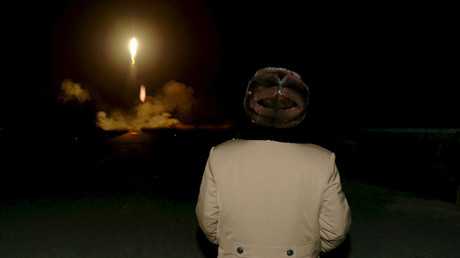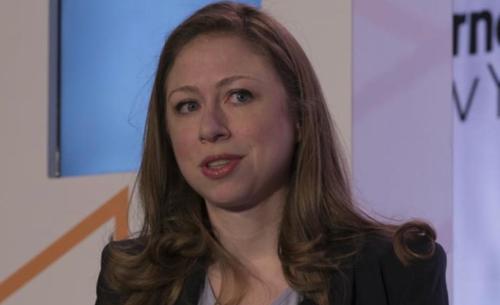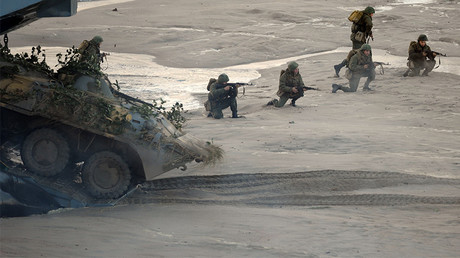“There are indications the reprocessing plant at Yongbyon has been reactivated,” a spokesman of the International Atomic Energy Agency (IAEA) said on Monday, as quoted by Reuters.
The information obtained by the IAEA refers to “activities related to the five-megawatt reactor, expansion of enrichment facilities and activities related to (plutonium) reprocessing,” the IAEA head Yukiya Amano said on the same day during a quarterly IAEA Board of Governors meeting, AFP reported.
The UN watchdog has no access to North Korea and monitors its activities by satellite. The organization said that the satellites spotted the “movement of vehicles, steam and discharge of warm waters or transport of material” at the main reactor complex in Yongbyon.
“However, as we do not have inspectors on the ground we are only observing through satellite imagery. We cannot say for sure. But we have indications of certain activities through the satellite imagery,” Amano told journalists at a news conference in Vienna.
At the same time, Amano did not say when the activities spotted by the satellite occurred.
Last week, experts from the US-Korea Institute at Johns Hopkins University in Baltimore, Maryland, US, said that two rail “flatcars” loaded with casks potentially containing chemicals for reprocessing were spotted near the Yongbyon complex’s radiochemical laboratory. The experts also cited satellite data.
Exhaust plumes were seen coming from the lab’s thermal plant and coal pens near the plant appeared filled to capacity, AFP reported, citing a statement from the institute.
According to the statement, a lack of activity and steam generation at the Yongbyon main reactor indicated that it had either been shut down or had been operating at a low level. It also suggested that North Korea may have been extracting spent fuel for reprocessing as it requires that the reactor be stopped.
In February, James Clapper, the director of US National Intelligence, warned that North Koreans could start reprocessing plutonium from Yongbyon main reactor’s spent fuel “within a matter of weeks to months.” He also informed the US Senate Armed Services Committee that Pyongyang had expanded its uranium enrichment facility at the site.
The Yongbyon reactor was shut down in 2007 but, in 2013, Pyongyang started renovating it after its third nuclear test. In September 2015, the North said that Yongbyon was operating in order to improve the “quality and quantity” of its nuclear weapons, as reported by Reuters. The IAEA also reported the resumption of activity at Yongbyon’s main reactor in 2015.
In May, the US-Korea Institute at Johns Hopkins University presented satellite images showing that Pyongyang may be preparing for a new nuclear test. The images were captured on May 5 and show what it is said to be the command center close to the Punggye-ri detonation site in the north of the country.
Pyongyang conducted its fourth nuclear test on January 6 and subsequently launched a long-range rocket carrying an earth observation satellite on February 7. These moves provoked a wave of harsh criticism from the international community with the UN significantly expanding the existing sanctions imposed on North Korea in March by banning all exports that might benefit its operational capabilities.
In March, North Korea also escalated the already tense situation on the peninsula by claiming it would resort to “a preemptive and offensive nuclear strike” against the US and South Korea if provoked. The statement was made ahead of the joint US-South Korean military drills that were held from March 7 to April 30.
In May, however, North Korean leader Kim Jong Un said that his country will seek to normalize relations with “hostile” nations and would not resort to the use of nuclear weapons unless the country’s sovereignty was challenged.
Source Article from https://www.rt.com/news/345616-north-korea-reactivates-nuclear/?utm_source=rss&utm_medium=rss&utm_campaign=RSS
Related posts:
Views: 0
 RSS Feed
RSS Feed

















 June 6th, 2016
June 6th, 2016  Awake Goy
Awake Goy 





 Posted in
Posted in  Tags:
Tags: 
















